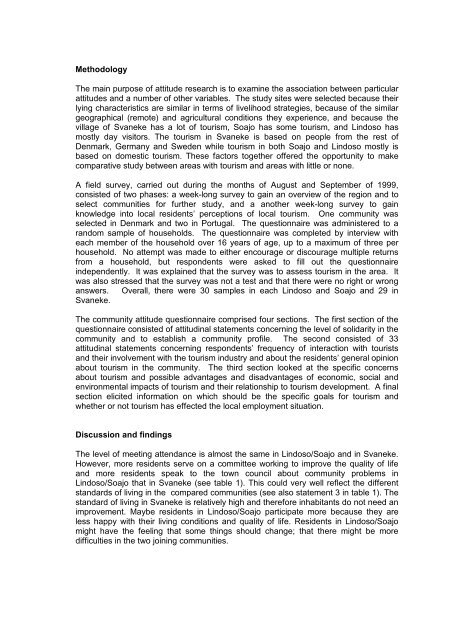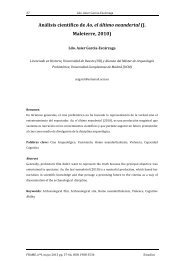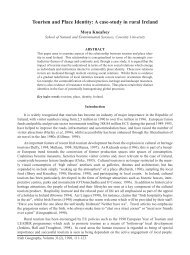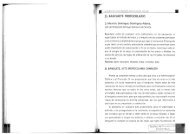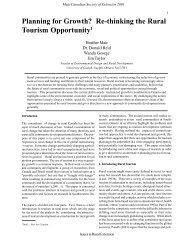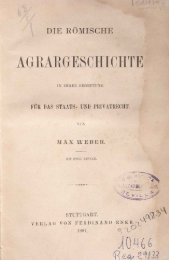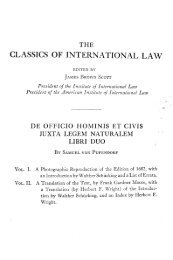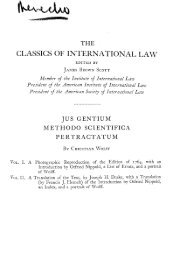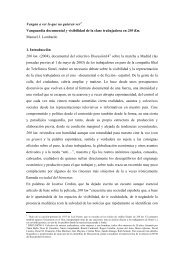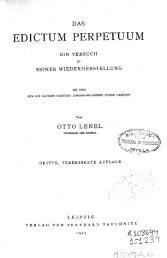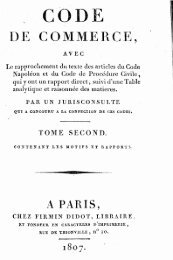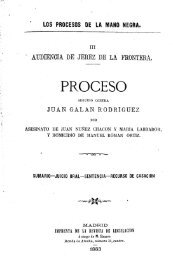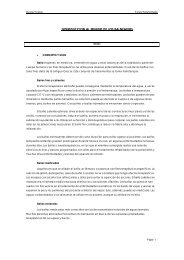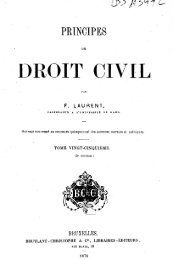Measuring Sustainable Tourism Development in Remote Rural ...
Measuring Sustainable Tourism Development in Remote Rural ...
Measuring Sustainable Tourism Development in Remote Rural ...
Create successful ePaper yourself
Turn your PDF publications into a flip-book with our unique Google optimized e-Paper software.
Methodology<br />
The ma<strong>in</strong> purpose of attitude research is to exam<strong>in</strong>e the association between particular<br />
attitudes and a number of other variables. The study sites were selected because their<br />
ly<strong>in</strong>g characteristics are similar <strong>in</strong> terms of livelihood strategies, because of the similar<br />
geographical (remote) and agricultural conditions they experience, and because the<br />
village of Svaneke has a lot of tourism, Soajo has some tourism, and L<strong>in</strong>doso has<br />
mostly day visitors. The tourism <strong>in</strong> Svaneke is based on people from the rest of<br />
Denmark, Germany and Sweden while tourism <strong>in</strong> both Soajo and L<strong>in</strong>doso mostly is<br />
based on domestic tourism. These factors together offered the opportunity to make<br />
comparative study between areas with tourism and areas with little or none.<br />
A field survey, carried out dur<strong>in</strong>g the months of August and September of 1999,<br />
consisted of two phases: a week-long survey to ga<strong>in</strong> an overview of the region and to<br />
select communities for further study, and a another week-long survey to ga<strong>in</strong><br />
knowledge <strong>in</strong>to local residents’ perceptions of local tourism. One community was<br />
selected <strong>in</strong> Denmark and two <strong>in</strong> Portugal. The questionnaire was adm<strong>in</strong>istered to a<br />
random sample of households. The questionnaire was completed by <strong>in</strong>terview with<br />
each member of the household over 16 years of age, up to a maximum of three per<br />
household. No attempt was made to either encourage or discourage multiple returns<br />
from a household, but respondents were asked to fill out the questionnaire<br />
<strong>in</strong>dependently. It was expla<strong>in</strong>ed that the survey was to assess tourism <strong>in</strong> the area. It<br />
was also stressed that the survey was not a test and that there were no right or wrong<br />
answers. Overall, there were 30 samples <strong>in</strong> each L<strong>in</strong>doso and Soajo and 29 <strong>in</strong><br />
Svaneke.<br />
The community attitude questionnaire comprised four sections. The first section of the<br />
questionnaire consisted of attitud<strong>in</strong>al statements concern<strong>in</strong>g the level of solidarity <strong>in</strong> the<br />
community and to establish a community profile. The second consisted of 33<br />
attitud<strong>in</strong>al statements concern<strong>in</strong>g respondents’ frequency of <strong>in</strong>teraction with tourists<br />
and their <strong>in</strong>volvement with the tourism <strong>in</strong>dustry and about the residents’ general op<strong>in</strong>ion<br />
about tourism <strong>in</strong> the community. The third section looked at the specific concerns<br />
about tourism and possible advantages and disadvantages of economic, social and<br />
environmental impacts of tourism and their relationship to tourism development. A f<strong>in</strong>al<br />
section elicited <strong>in</strong>formation on which should be the specific goals for tourism and<br />
whether or not tourism has effected the local employment situation.<br />
Discussion and f<strong>in</strong>d<strong>in</strong>gs<br />
The level of meet<strong>in</strong>g attendance is almost the same <strong>in</strong> L<strong>in</strong>doso/Soajo and <strong>in</strong> Svaneke.<br />
However, more residents serve on a committee work<strong>in</strong>g to improve the quality of life<br />
and more residents speak to the town council about community problems <strong>in</strong><br />
L<strong>in</strong>doso/Soajo that <strong>in</strong> Svaneke (see table 1). This could very well reflect the different<br />
standards of liv<strong>in</strong>g <strong>in</strong> the compared communities (see also statement 3 <strong>in</strong> table 1). The<br />
standard of liv<strong>in</strong>g <strong>in</strong> Svaneke is relatively high and therefore <strong>in</strong>habitants do not need an<br />
improvement. Maybe residents <strong>in</strong> L<strong>in</strong>doso/Soajo participate more because they are<br />
less happy with their liv<strong>in</strong>g conditions and quality of life. Residents <strong>in</strong> L<strong>in</strong>doso/Soajo<br />
might have the feel<strong>in</strong>g that some th<strong>in</strong>gs should change; that there might be more<br />
difficulties <strong>in</strong> the two jo<strong>in</strong><strong>in</strong>g communities.


